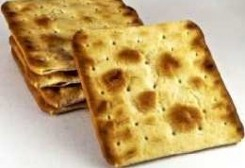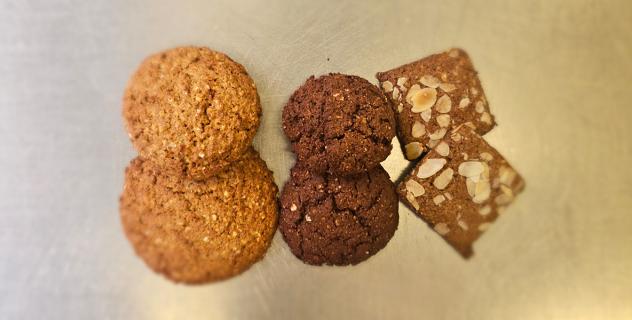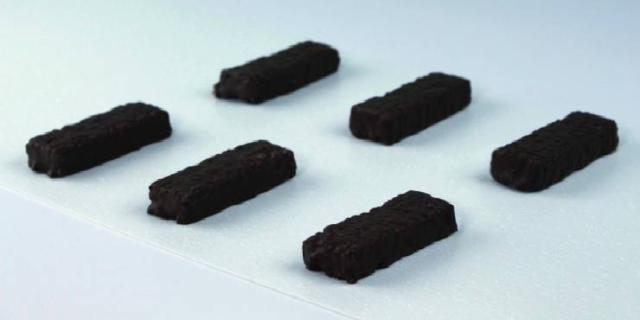
Modelling of Biscuit Checking Phenomenon Using Speckle Interferometry and Semi-Coupled Finite Element Techniques

Explore the effects and challenges of soluble and insoluble fibers in product development. Discover new insights and application examples for bakery i...

Hemicellulases like xylanases optimize wheat flour, enhancing water binding. Xylanases and proteases synergize for superior wafer production, reducing...

In the intricate world of baking, enzymes like amylase play a pivotal role in transforming dough into delectable treats. Explore their profound influe...













